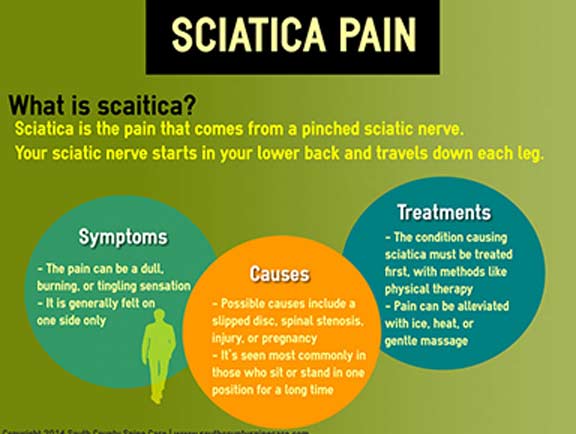The Connection Between Pose And Back Pain: Techniques For Keeping Appropriate Placement During The Day
The Connection Between Pose And Back Pain: Techniques For Keeping Appropriate Placement During The Day
Blog Article
Post By-Williford McIntyre
Maintaining appropriate position isn't practically sitting up right; it has to do with aligning your body in a way that sustains your back and decreases the danger of pain in the back. The means you rest, stand, and relocate throughout the day can dramatically impact your spine health and wellness. But exactly how precisely can you make sure great positioning regularly, even during active days loaded with different activities? Allow's dig deeper into the refined yet impactful adjustments you can make to your everyday routine to keep your back satisfied and healthy.
Relevance of Appropriate Pose
Proper stance is critical in keeping a healthy and balanced back and protecting against discomfort. When you rest or stand with good pose, your back is in positioning, lowering stress on your muscular tissues, ligaments, and joints. This positioning allows the body to distribute weight uniformly, protecting against extreme stress on specific locations that can cause discomfort and pain. By maintaining your spine effectively lined up, you can likewise improve your breathing and food digestion, as slouching can compress organs and restrict their functionality.
Furthermore, maintaining good stance can boost your general appearance and positive self-image. When you stand tall with your shoulders back and head held high, you radiate self-confidence and show up even more approachable. Excellent stance can also make you feel more invigorated and alert, as it advertises correct blood flow and permits your muscular tissues to function successfully.
Incorporating appropriate stance right into your daily regimen, whether resting at a desk, strolling, or exercising, is essential for preventing pain in the back and promoting general health. Bear in mind, a tiny adjustment in exactly how you hold yourself can make a considerable difference in just how you feel and function throughout the day.
Common Postural Mistakes
When it pertains to maintaining good posture, lots of people unwittingly make usual mistakes that can contribute to pain in the back and pain. One of one of the most prevalent mistakes is slouching or hunching over while sitting or standing. This position places excessive strain on the spinal column and can bring about muscle discrepancies and pain in the future.
An additional typical error is overarching the reduced back, which can squash the all-natural contour of the spinal column and cause discomfort. Additionally, crossing legs while sitting may feel comfortable, however it can develop a discrepancy in the hips and pelvis, causing postural concerns.
Using a pillow that's too soft or as well strong while sleeping can also affect your placement and contribute to neck and back pain. Lastly, continuously craning your neck to take a look at displays or adjusting your position often can strain the neck and shoulders. Bearing in mind these common postural blunders can help you maintain much better placement and lower the threat of pain in the back.
Tips for Correcting Placement
To improve your placement and reduce back pain, it's essential to concentrate on making small changes throughout your daily regimen. Start by bearing in mind your stance. When resting, guarantee your feet are flat on the floor, your back is straight, and your shoulders are unwinded. Stay clear of slouching or leaning to one side. Use ergonomic chairs or pillows to support your lower back.
When standing, disperse your weight equally on both feet, maintain your knees slightly curved, and tuck in your pelvis. Involve your core muscular tissues to sustain your back. Take breaks to extend and walk around if you have an inactive job. Integrate workouts that strengthen your core and back muscular tissues, such as slabs or bridges.
While sleeping, use a pillow that supports the natural contour of your neck to keep appropriate back alignment. https://chiropracticservice39495.webbuzzfeed.com/31749270/complete-recovery-merging-chiropractic-care-treatment-with-diverse-alternate-therapies sleeping on your stomach, as it can strain your neck and back. By bearing in mind these ideas and making small modifications, you can gradually correct your alignment and reduce pain in the back.
https://english.alaraby.co.uk/news/egypt-arrests-tiktok-chiropractor-practising-illegally in mind, maintaining good posture is key to avoid pain in the back and promoting spine wellness. By bearing in mind your positioning, distributing weight uniformly, and engaging your core muscular tissues, you can decrease stress on your back and minimize the risk of pain and injury. Incorporate ergonomic support, take normal breaks to stretch, and reinforce your core and back muscular tissues to preserve correct alignment throughout the day. Your back will certainly thanks for it!
